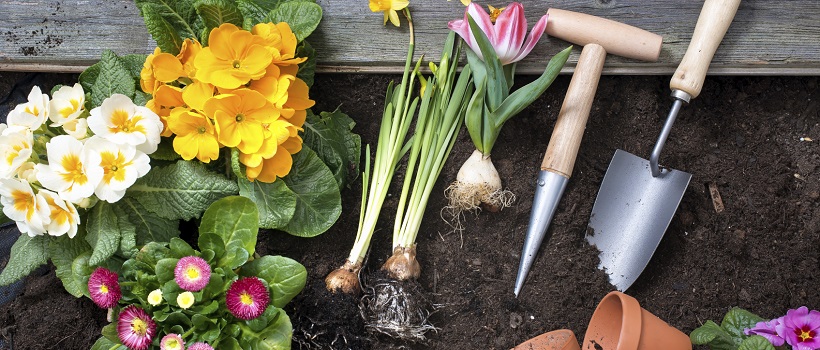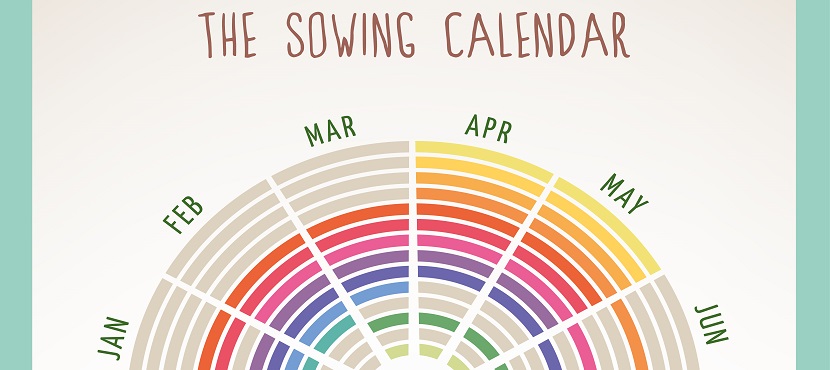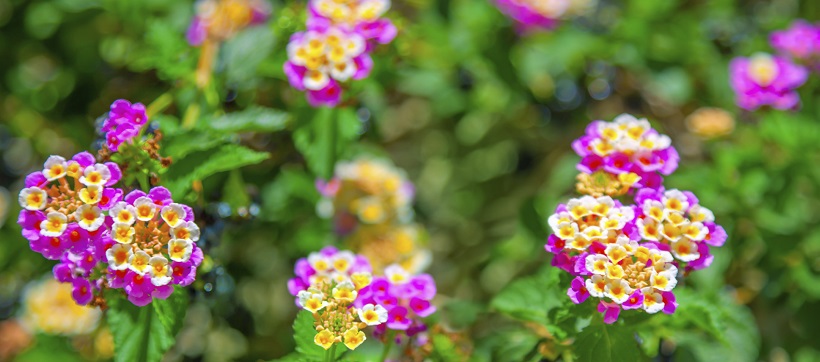With spring finally arriving in Central Texas, gardeners all over the Austin area are gearing up for a bountiful planting season with these Texas gardening tips. If you’ve spent the past months browsing through seed catalogs and dreaming of warmer weather, now is the time to finally roll up your sleeves and get your hands in the dirt!

Choose your location
Not every spot in your yard is ideal for spring gardening. Consider a few factors when you pick the location for your vegetable garden or flowers:
- Sunlight: Most plants can handle a little shade, but sun exposure throughout most of the day is better for the majority of flora.
- Moisture: Avoid low-lying sites that become waterlogged when it rains.
- Soil type: The ideal soil is loose, moist and well-drained. Heavy clay soils and dry, sandy soils are improved with the addition of mulch.
Timing is everything
Before we get too carried away, it’s important to remember that nothing spells disaster for your garden like starting too early. You can start seeds indoors as early as February, but be careful about when you transplant seedlings to your garden.
As a general rule, hold off on preparing the soil until it’s dry enough to work with. A handful of soil should break apart in your hand—not stick together—when you squeeze it. We can get frost well into March here in Austin, so hold off on planting warm-season flowers and vegetables until late in the month. Hardier plants can be put out a little sooner.

Follow a vegetable planting calendar
Austin summers can get a little on the dry side, but we generally have a pretty good climate for a home vegetable garden—and with a little luck and these Texas gardening tips, you can expect a healthy crop. The first step is getting plants in the ground at the right time, so begin with the hardiest crops that can handle a little frost:
- Early March: beets, celery, kale, lettuce, spinach, cauliflower and parsnips
- Late March: watermelon, peas, beans, okra, sweetcorn and squash
- Early April: tomatoes, peppers, eggplant and cucumbers
- Late April: sweet potatoes and pumpkins
Most vegetables can be started from seeds in indoor containers much earlier—typically about six weeks before you intend to transplant your seedlings to the garden. In the meantime, the early part of March is a great time to prepare the soil and add mulch.

Add some color
A wide range of flowering plants, both annual and perennial, can thrive in our region, including quite a few colorful native plants. Consider these to add a splash of color to your home garden:
- Bluebonnets: Our state flower does very well in Central Texas! Plant in fall and supplement with new seedlings in spring as needed.
- Daffodils: Plant bulbs by the end of January for spring blooms.
- Blackfoot daisy: Blooms in summer and thrives in dry conditions.
- Iris: Great for planting on slopes to control erosion.
- Turks Cap: A hardy perennial that attracts hummingbirds.

Deer-resistant plants
Gardening with deer around can be a real challenge, but while they are not exactly deer-proof, a wide variety of native garden and landscape plants are certainly deer-resistant. Try these to keep the deer at bay:
- Flowers: larkspurs, marigolds, periwinkles, zinnias
- Perennials: yarrow, lantana, mallow hibiscus, Copper Canyon daisy
- Shrubs: oleander, firebush, Texas mountain laurel, viburnum, pomegranate
- Ground covers: thyme, prostrate rosemary, germander
- Ornamental grasses: maiden grass, pampas grass, Gulf muhley
Now that things are warming up here in Austin, it’s time to bring the landscape around your Milestone community to life! These Central Texas gardening tips should satisfy your green thumb in no time.
For some more visual gardening inspiration, explore a wide variety of ideas on our Pinterest board, Beautify Your Land. Happy planting!